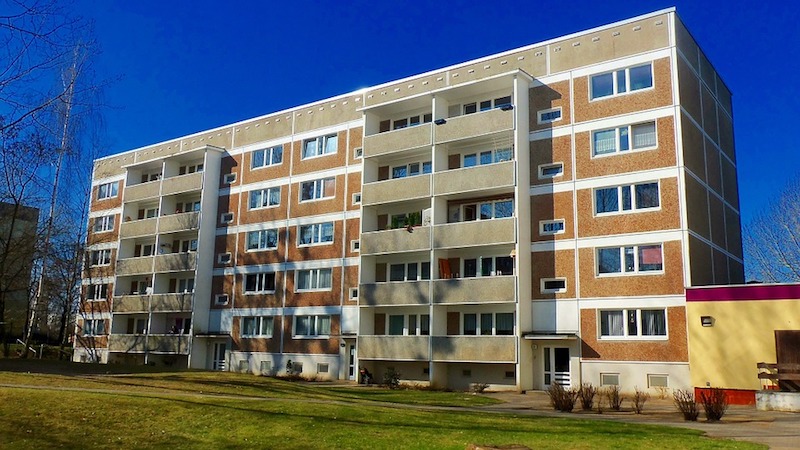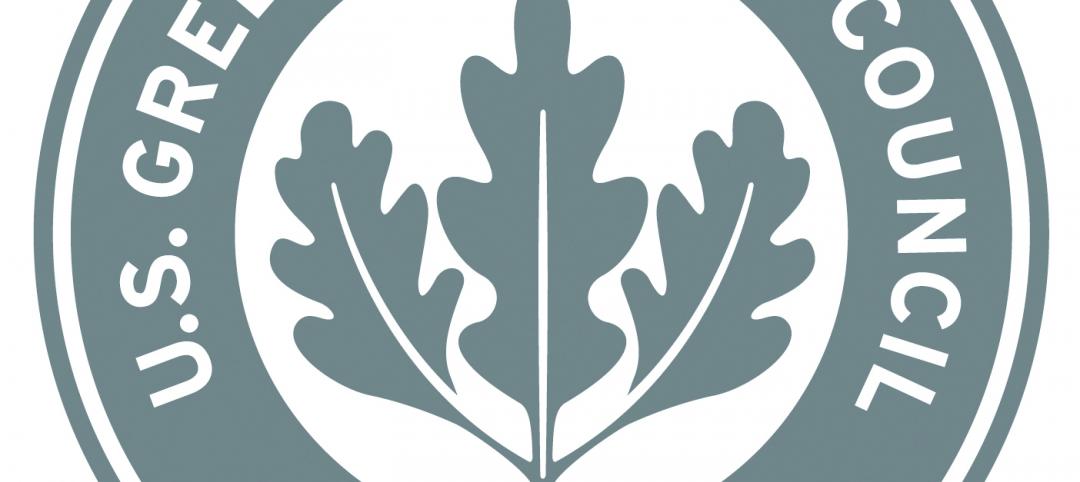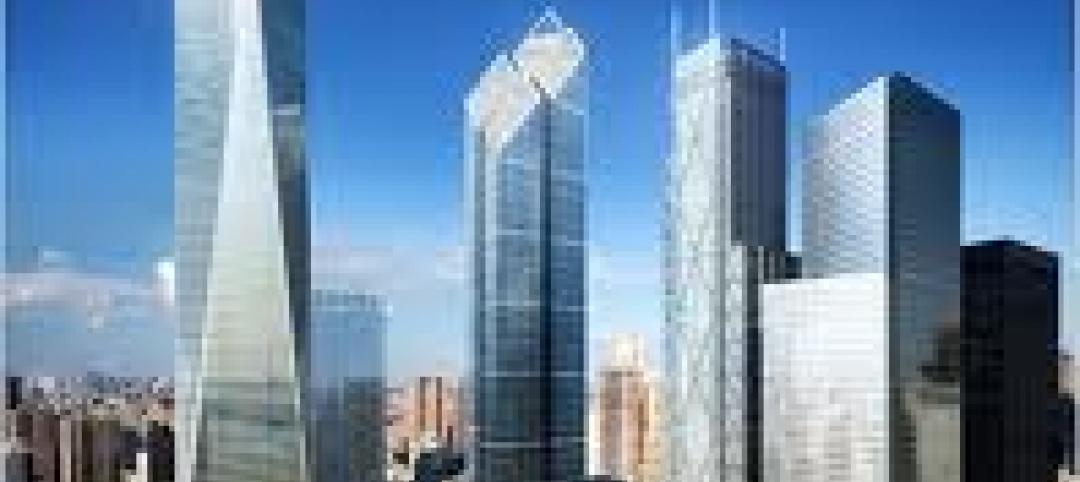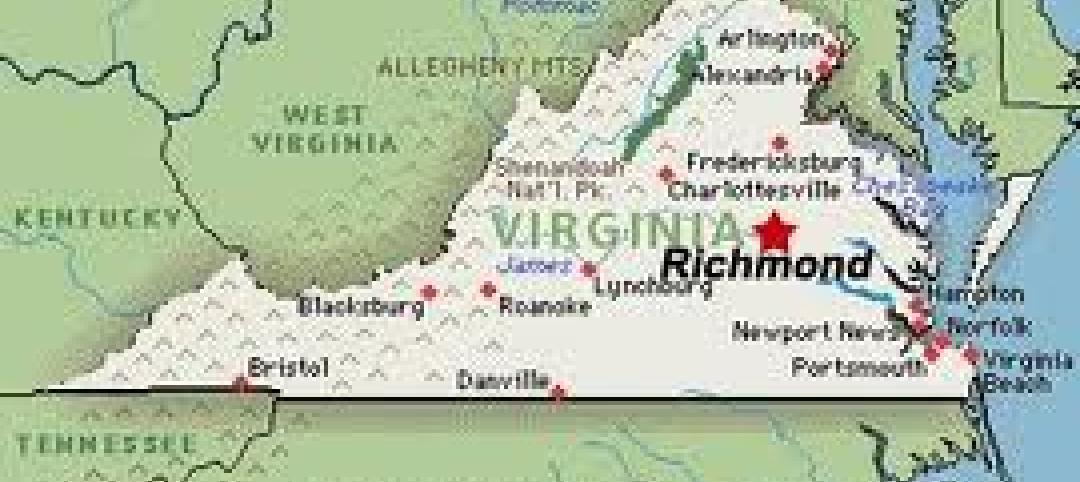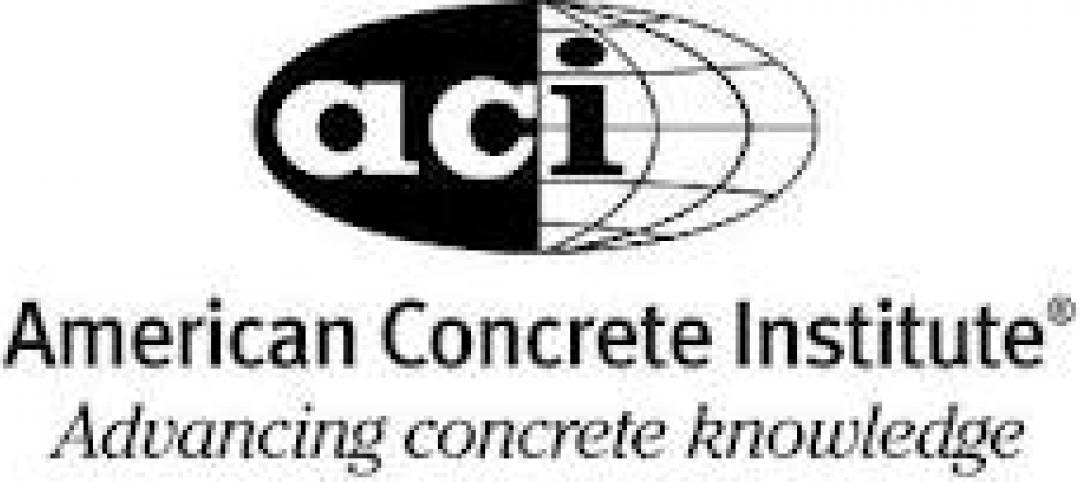ASHRAE recently released an updated edition of ANSI/ASHRAE/IES Standard 90.2-2018 Energy-Efficient Design of Low-Rise Residential Buildings.
The 2018 revision of Standard 90.2 outlines cost-effective residential building energy performance measures that are at least 50% more efficient than those defined by the 2006 International Energy Construction Code (IECC), according to an ASHRAE news release. “Standard 90.2 provides a mechanism by which any residential building design can be easily evaluated against performance objectives,” said Theresa Weston, Ph.D., chair of the Standard 90.2 committee. “This update to the standard offers better alignment between this standard’s requirements and marketplace product availability as well as some revisions to improve the document’s clarity and internal consistency.”
The updated version provides:
· Clarification for modeling software requirements
· Guidance on the use of international climate data presented in ASHRAE Standard 169
· A new normative appendix on proper installation techniques for critical thermal resistance building components
· Improved prescriptive envelope performance data tables
· New performance specifications for ground-source heat pumps
· Minimum lighting efficiency provisions for single-family, large single-family, and multifamily homes
· Guidance on pool heater pilot lights, pump motor efficiency, and exterior de-icing systems
· Clarifications to multi-zonal building air-leakage testing procedures
Related Stories
| Mar 1, 2012
California bill aims to cut costs for commercial building energy retrofits
A bill in the California Assembly would allow the state to pool together property owners’ energy-retrofit loans.
| Feb 29, 2012
Carvalho appointed Shawmut Safety Director
He has been a driving force behind multiple safety-orientated initiatives at Shawmut, including Safety Week, the creation of an online safety manual, and the implementation of a new safety reporting and tracking system.
| Feb 23, 2012
Federal budget cuts put major building projects on hold
A plan to build the National Bio and Agro-Defense Facility in Kansas is among several major building projects in jeopardy after the Obama administration’s 2013 budget was unveiled. The budget would cut all construction spending for the facility.
| Feb 23, 2012
Federal agencies fixed on leasing LEED-certified space
The federal government is especially focused on renting LEED-certified spaces.
| Feb 23, 2012
Regulators investigating construction accident at World Trade Center
The New York Port Authority and the city’s fire and building departments are investigating an accident at the World Trade Center construction site in lower Manhattan after a crane dropped steel beams that fell about 40 stories onto the truck that delivered them.
| Feb 23, 2012
New Virginia statewide building code goes into effect March 1
After March 1, all building plans in Virginia must adhere to the 2009 code that was adopted a year ago.
| Feb 23, 2012
Privatizing flood insurance could lead to new code requirements
One thing that could pave the way toward private flood insurance would be NFIP reforms, like requiring new construction in flood-prone areas to be elevated.
| Feb 22, 2012
ACI BIM manual for cast-in-place concrete in development
The improved communication, coordination, and collaboration afforded by BIM implementation have already been shown to save time and money in projects.


